The Palband Blog
HOW much do reusable pallet wraps cost?
When making the change from using single use plastic shrink wrap to a reusable product, it’s vitally important to understand what the return on investment will be, and how long it will take for you to start saving money year on year.
On average, reusable alternatives to single use plastic shrink wrap will cost anywhere between £50 and £150 depending on a variety of options.
Bespoke products manufactured in the UK will always appear initially to be more expensive than an imported product from India or China, but in reality, due to recent changes in the markets, that is no longer the case. Besides the actual price tag, there’s major advantages in buying from the UK because every application is different so to get the perfect product to fit your exact shape and size imported is nigh on impossible.
Considerations to take into account when looking to reduce your carbon footprint and your plastic waste by using a reusable pallet wrap or cover instead of single use plastic pallet wrap include the size, shape and weight of the pallet or roll cage trolley, the frequency of its use, how far they will need to travel and your return-on-investment requirements. Also, will you be needing any branding on the reusable pallet covers and any colour preferences?.
Added extras for bespoke reusable pallet covers
When it comes to pricing your bespoke reusable pallet covers or wraps, we start with a base product which will cost anywhere between £50 and £80 depending on the size and quantity required, we’ll then ascertain whether this will be used internally or externally and decide how many straps will be needed to attach the wrap to the pallet, and to close the wrap around the load. This will depend on the weight, height and shape of the load and increasing the number of straps can add anything from £10 and upwards to the base price.
There’s other considerations to take into account including extra webbing along the base of the wrap to decrease wear and tear if it’s going to be used on long journeys which could add around £5-10, document windows to hold paperwork and to keep it dry, heavier duty buckles if the load is particularly heavy and even a lid which can be used to cover over the top of the pallet and attach to the pallet cover. All these extra items will add further cost but can still be well within the return on investment figure in comparison to the issues with single use plastic.
Higher quantity = less cost
Quantity also makes a significant difference in the cost per item, once the initial design specification is finalised, this will be set up on a computerised cutting table and each PalBand will be cut exactly the same, and this is where savings can be made as the material can be nested so there is minimal waste, and the more that can be produced in a production run the better cost wise. The straps and buckles and any other parts will then be assembled as per your specific design, then branded if required. The difference in piece cost can vary considerably from a one-off sample at approx. £120 to the same item being produced in bulk at around £85. These prices will obviously vary when your specific design is considered.
What is the ROI for reusable pallet wraps?
The return on investment is an important part of the change from using single use plastic to using a reusable pallet or trolley cover, and this depends largely on the frequency of use and the amount of time it will take to return the PalBands back to your despatch area. It also depends very much on how well the pallet wraps are looked after, as any damage done during transit or when packing or unpacking the pallets will result in a reduction of the usage of the product. Also, storage of the product correctly is important, and we would suggest using a pallet box or similar to make sure they are all kept in one place and free from damage by machinery or other means.
Example Cost of PalBand – £100
Cost to wrap an equivalent sized pallet with pallet wrap – £0.70
If the PalBand is used every day, then this will pay for itself compared to pallet wrap within 142 days, or just over 28 working weeks. Considering the PalBands are designed to last for up to 3 years under normal conditions, this means you will save £425 of pallet wrap for one pallet over that time. If you had 200 pallets using PalBands over 3 years, this would save £85,000 of pallet wrap costs. But just as importantly, the cost to the environment is also particularly notable, as this would save an incredible 12 tons of waste plastic over 3 years.
Of course, the above calculation can be adjusted to suit your specific application, as there will be situations where the PalBands could be used several times per day in an internal situation where you may have product being moved between buildings or in the other extreme you may have product being shipped to other locations in the UK or abroad, and the return loop may take several days. In every instance, there’s always savings to be made in actual costs and to the environment. Repairs to PalBands are also possible, so if there is damage over time, there’s no reason to throw them away, but small repairs can be made where the fabric may have become snagged or torn. This further enhances the longevity of the reusable pallet wrap.
The responsibility for paying the Plastic Packaging Tax falls predominantly with importers of filled or unfilled plastic packaging and UK manufacturers of plastic packaging.
The tax only applies if the business places more than 10 tonnes of plastic packaging onto the UK market.
The business that completes the ‘last substantial modification’ to the plastic packaging or component is liable for the tax. If the last substantial modification is made at the point where empty packaging is filled with goods/products, then it is the substantial modification point prior to this. Care and due diligence is applied to the tax point. If you believe the Plastic Packaging Tax should have been paid before the packaging reaches your business, and it is not clearly stated on invoices, you may face secondary liability.
HMRC defines the plastic components as liable for the tax when ‘finished’. This is when the last substantial modification is made.
For plastic packaging that is imported into the UK and already contains goods or products, the tax applies to the packaging when they are imported, with no additional substantial modifications made.
The last substantial modification is the last manufacturing process that makes a significant change to the nature of the packaging component, as it alters one of the following characteristics of the packaging component:
Shape, Structure, Thickness, Weight.
For other packaging it is the last substantial modification before the packaging is filled with products. This includes extrusion, moulding, layering, and laminating, forming, and printing. Not all manufacturing processes that change the shape or structure are considered as substantial modification. For example: blowing or otherwise forming a packaging component from a preform, cutting film to size or cutting formed trays out of a sheet, gluing labels to a tub or heating a shrink film label onto a bottle, sealing such as attaching a film lid onto a tub.
If your business has placed more than 10 tonnes of plastic packaging onto the UK market in the past 12 months, you will need to register with HMRC.
If you have placed under 10 tonnes of plastic packaging onto the UK market in the past 12 months, then you will not need to register.
HMRC advises that even if you do not meet the liability to register and report your plastic packaging for the tax, you should keep records to demonstrate this.
- Total amount in weight and a breakdown by weight of the materials used to manufacture plastic packaging, excluding packaging which is used to transport imported goods.
- Data and calculations used to determine if a packaging component is, for the most part plastic, and how much recycled plastic it contains.
- Weight of exempted plastic packaging and the reason for the exemption.
- Amount in weight of plastic packaging exported, and therefore the allowed relief from the tax.
Items that may be used for the evidence of recycled content in plastic packaging could be product specifications, contracts, audits, production certificates, accreditations, and international standards.
Reporting requirements and supply chain governance will become more important for those businesses affected by the Plastic Packaging Tax and Extended Producer Responsibility, and will require additional time for data gathering.

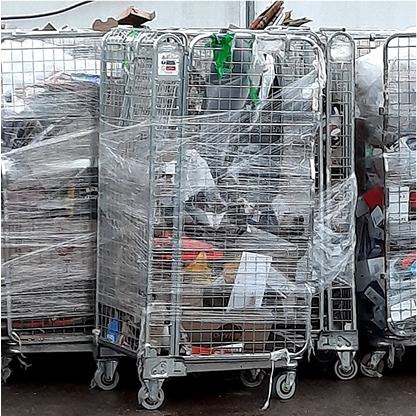
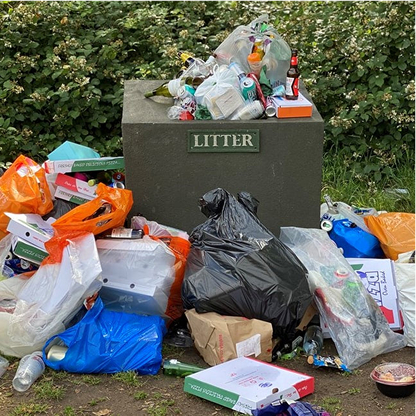
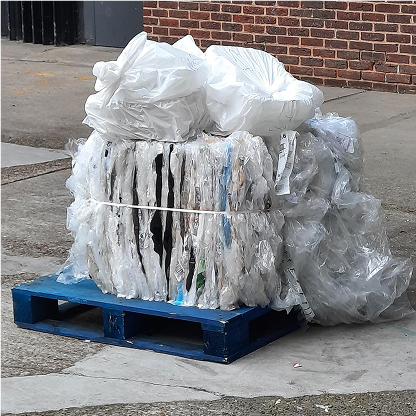
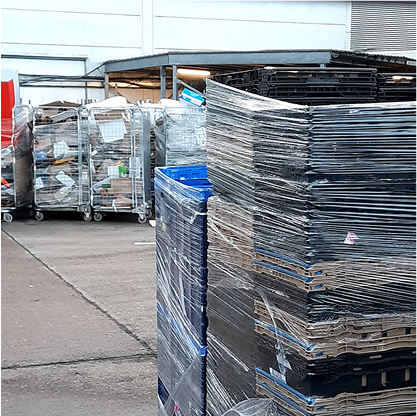
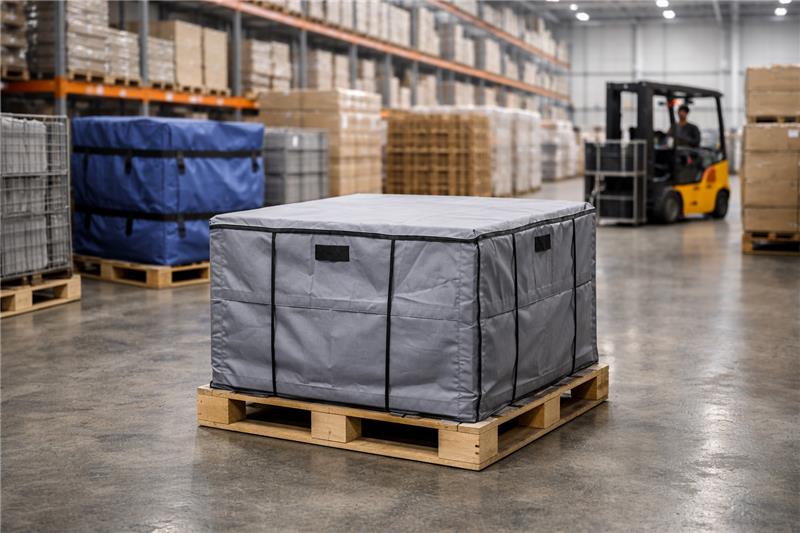
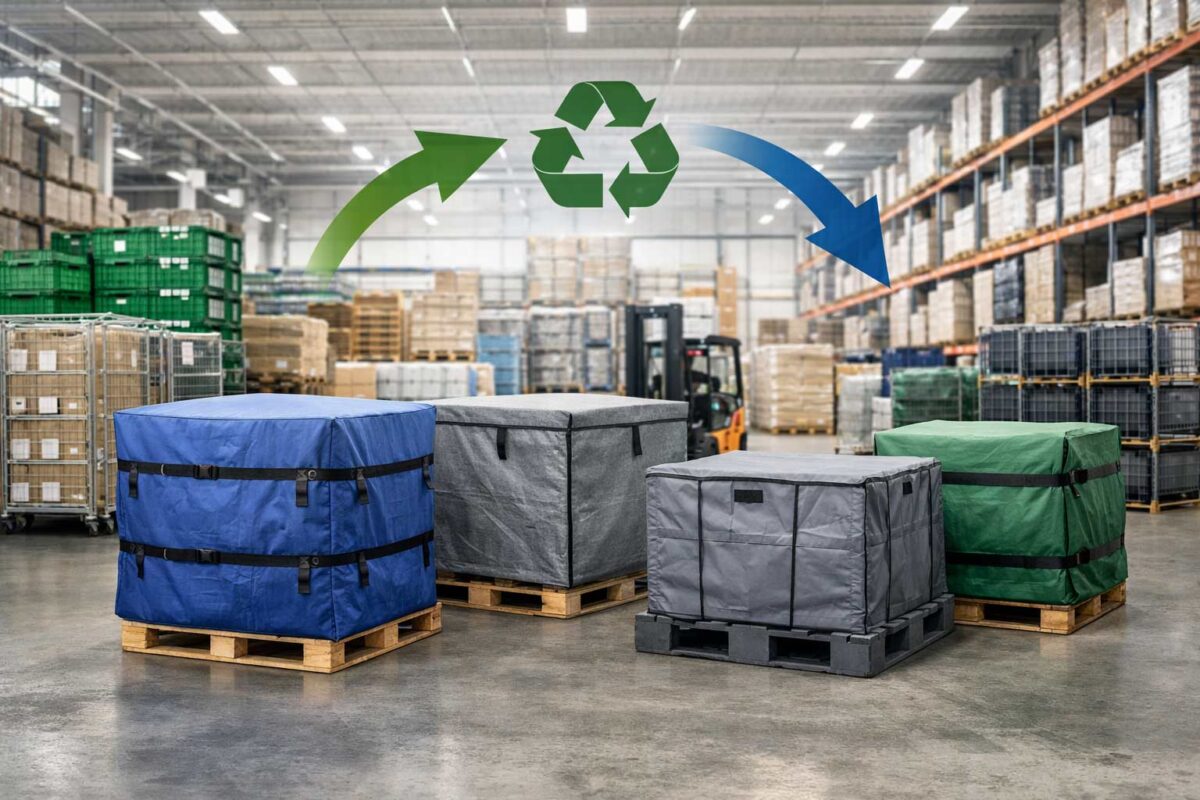




“Is a product that is designed to be suitable for use, whether alone or in combination with other products, in the containment, protection, handling, delivery or presentation of goods at any stage in the supply chain of the goods, from the producer of the goods to the consumer or user.”